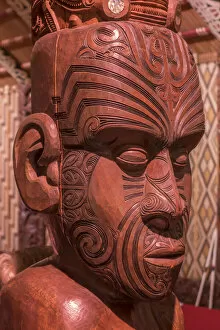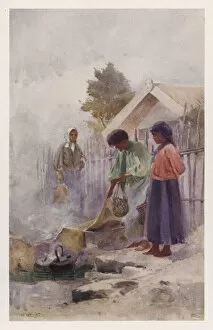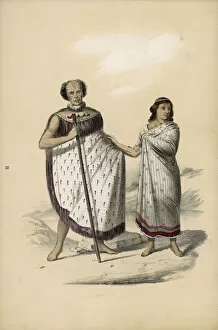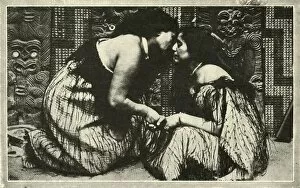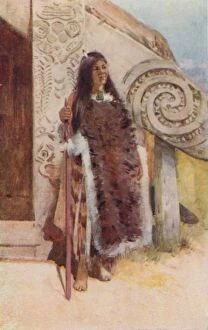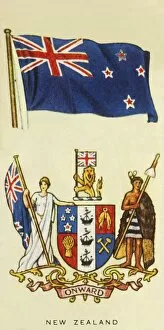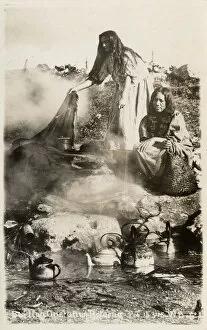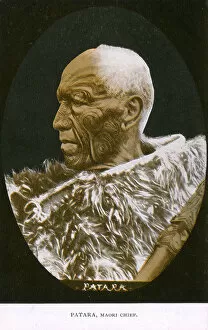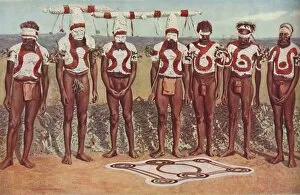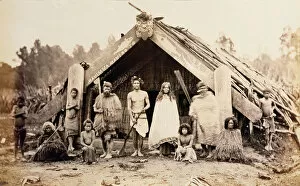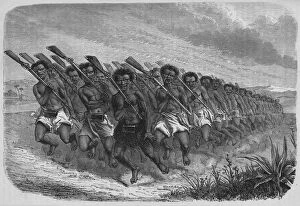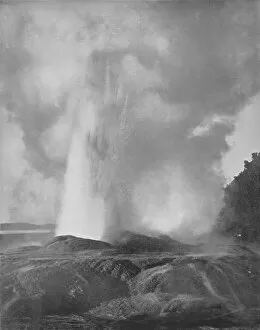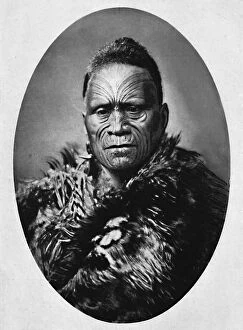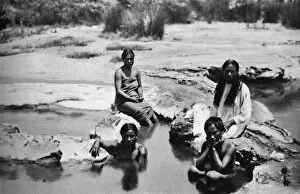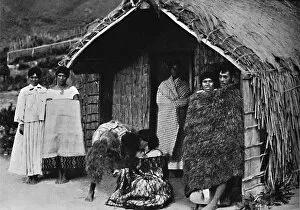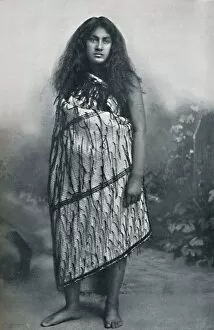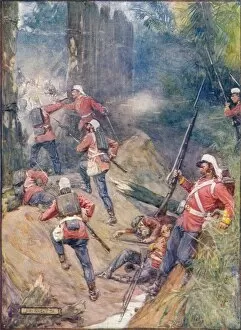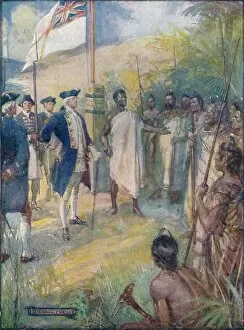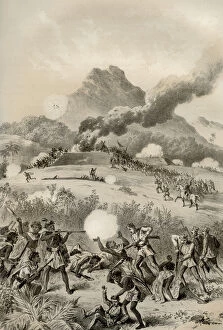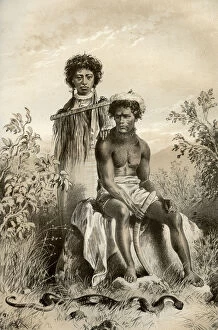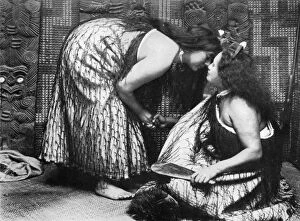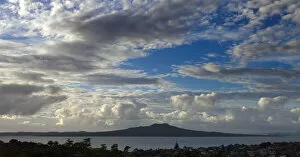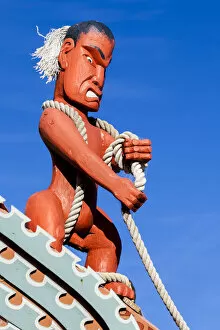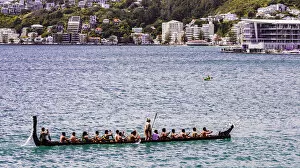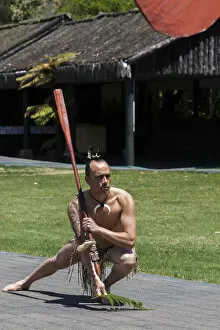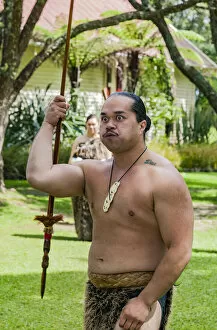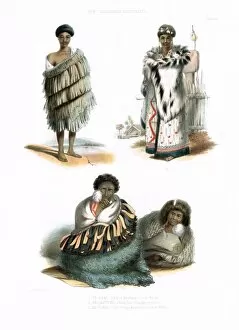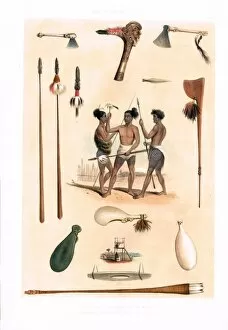Maori Collection (#8)
"Preserving Maori Culture
For sale as Licensed Images
Choose your image, Select your licence and Download the media
"Preserving Maori Culture: A Glimpse into the Rich Heritage of New Zealand's Indigenous People" Immerse yourself in the vibrant world culture at the Te Puia Maori Cultural Center, nestled in Rotorua, North Island. Here, a traditional wood carved mask takes center stage, showcasing the intricate craftsmanship and spiritual significance behind these ancient artifacts. The Treaty of Waitangi stands as a pivotal moment in history for both Maori and non-Maori communities. It symbolizes an agreement that sought to protect Maori rights and establish a partnership between indigenous people and European settlers. Step back in time as you encounter a majestic Maori Chieftain from New Zealand's past. These revered leaders held immense influence within their tribes, guiding their people with wisdom and strength. Journey further into history to meet a prominent Maori leader from the 1800s. Their vision shaped generations to come, leaving an indelible mark on New Zealand's cultural landscape. Enter Marai, a sacred Meeting House where ancestral spirits are honored through rituals passed down through generations. Witness awe-inspiring welcoming ceremonies performed by descendants who continue to uphold age-old traditions. A striking statue adorned with Moko facial tattoos serves as a testament to the artistry and symbolism embedded within this unique form of body adornment practiced by the Maoris for centuries. The Tiki at Raroera Pah beckons visitors with its enigmatic presence—a symbol representing fertility and protection among various Polynesian cultures including the Maoris'. Whare Whakairo Meeting Houses captivate with their intricately carved designs depicting stories from mythology or historical events—each carving serving as an artistic expression deeply rooted in cultural heritage. Tamati Waka Nene immortalized on canvas transports us back to 1890—an esteemed figure whose legacy continues to inspire future generations with his unwavering commitment towards preserving Maori identity.

